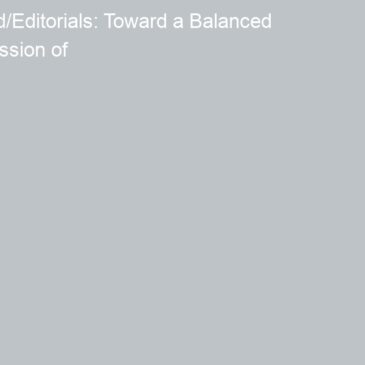Discussions about gambling expansion, actual and virtual,
are often emotion laden. Rarely do such conversations take place within a
public health approach to the issue, which requires a consideration of both
benefits and harms. Rather, advocates on both sides tend to gravitate toward
evidence that supports only their position. For example, anti-gambling
advocates might highlight instances of increased crime, and pro-gambling
advocates might highlight instances of improved economics. Alternatively,
considering both the pros and cons of such situations has the potential to
expand the discussion to include existing theories and models of behavior
related to gambling. When this happens, a full consideration of potential
gambling outcomes prompts consideration of both exposure and adaptation effects.
have circulated over time, but Shaffer, LaBrie, & LaPlante (2004) were the first to
conceptualize gambling as a possible social toxin. Advancing from earlier
related work, Shaffer et al. argued that if gambling is indeed a social toxin,
researchers should be able to accurately estimate its effects by extent of
exposure. Shaffer et al. found support for this argument; but, they also found
preliminary support for the idea that environmental factors modify exposure
effects.[1]
Through this work they expanded common conceptualizations of exposure (i.e.,
that increased exposure leads to a proportionate increase in harms) to suggest
the existence of adaptation (i.e., that some individuals and societies develop
adaptations to gambling exposure, and therefore do not succumb to prototypical
exposure effects).
Zinberg, 1985; Zinberg & Fraser, 1979; Zinberg & Shaffer, 1985), research has made it
apparent that the social context is extremely important to any understanding of
exposure effects. Exposure-related research is often inconsistent. Depending on
the sample, the location of a study, and the historical time at which a study
occurred, very different patterns emerge. For example, areas that have had more
exposure with greater intensity and for longer periods of time can evidence
fewer problems than anticipated (Shaffer & Hall,
2002; Shaffer, Vander Bilt, & Hall, 1999; Volberg, 2002). Over time, gambling-related
behavior patterns in the community appear similar to the prototypical adaptation
curves apparent for numerous biological toxins (e.g., viruses and
bacterial infections, LaPlante & Shaffer, in press). This is important because
anticipating such patterns of infection can facilitate the development of
prevention and/or catalyst public health strategies or public policies.
stripes continue to consider this issue, they should keep in mind that social
contextual factors make any one-size-fits-all approach to gambling expansion
likely to be insufficient. Until we identify the many social contextual factors
that moderate gambling exposure, however, it is important to progress in a
conservative manner. Taking a conservative approach might create some
inconveniences, but ultimately will provide a measure of protection for those who
remain at risk.
D. A., & Shaffer, H. J. (in press). Understanding the influence of gambling
opportunities: Expanding exposure models to include adaptation. American
Journal of Orthopsychiatry.
Shaffer, H.
J., & Hall, M. N. (2002). The natural history of gambling and drinking
problems among casino employees. Journal of Social Psychology, 142(4),
405-424.
Shaffer, H. J., LaBrie, R. A., &
LaPlante, D. A. (2004). Laying the foundation for quantifying regional
exposure to social phenomena: Considering the case of legalized gambling as a
public health toxin. Psychology of Addictive Behaviors, 18(1), 40-48.
Shaffer, H. J., Vander Bilt, J., &
Hall, M. N. (1999). Gambling, drinking, smoking, and other health risk
activities among casino employees. American Journal of Industrial Medicine,
36(3), 365-378.
Shaffer, H. J., & Zinberg, N. E.
(1985). The social psychology of intoxicant use: The natural history of
social settings and social control. Bulletin of the Society of Psychologists
in Addictive Behaviors, 4, 49-55.
Volberg, R.
A. (2002). Gambling and problem gambling in Nevada: Report to the Nevada
Department of Human Resources. Northampton, MA: Gemini Research Ltd.
Zinberg, N. E., & Fraser, K. M.
(1979). The role of the social setting in the prevention and treatment
of alcoholism. In J. Mendelson & N. Mello (Eds.), The Diagnosis &
Treatment of Alcoholism (pp. 359-385). New York: McGraw-Hill Book Company.
Zinberg, N. E., & Shaffer, H. J.
(1985). The social psychology of intoxicant use: The interaction of
personality and social setting. In H. B. Milkman & H. J. Shaffer (Eds.), The
Addictions: Multidisciplinary Perspectives and Treatments. Lexington:
Lexington Books.
[1] Related
work suggests that the social setting moderates alcohol effects. Alcohol is a
central nervous system depressant. However, in certain social situations, low
dose alcohol use often results in stimulation rather than depression (e.g., the
party effect). The same dose of beverage alcohol taken alone might encourage
sleep.




